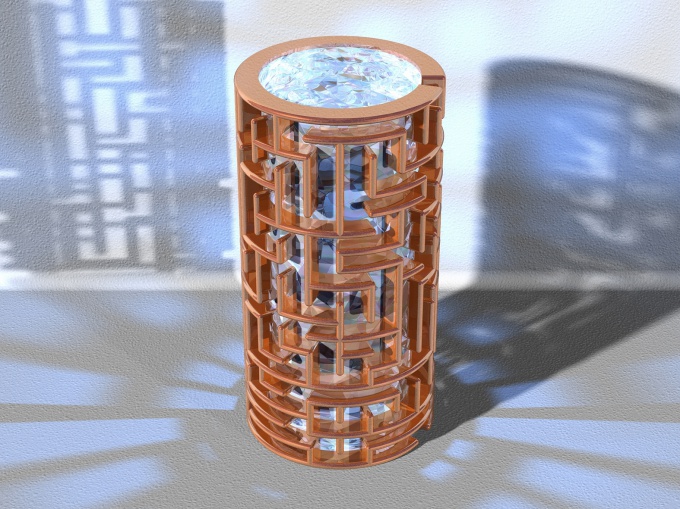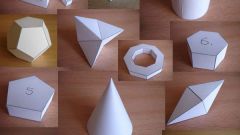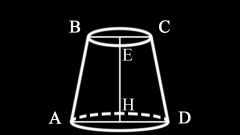You will need
- - cylinder with the specified parameters;
- - location section.
Instruction
1
The cross section of the cylinder by a plane passing through its base, is always a rectangle. But depending on location these rectangles will be different. Find the area of the axial section perpendicular to the bases of the cylinder. One side of this rectangle is equal to the height of the cylinder, the second diameter of the rim base. Accordingly, the cross-sectional area in this case will be equal to the product of the sides of the rectangle. S=2R*h, where S is the cross-sectional area, R is the radius of the circular base, given the conditions of the problem, and h is the height of the cylinder, also specified the conditions of the problem.
2
If the cross-section perpendicular to the bases, but does not pass through the axis of rotation side of the rectangle equals the diameter of the circle. It has to be calculated. To this end, the conditions of the problem must be stated at what distance from the axis of rotation is the plane of the section. For computational convenience draw a circle of the cylinder base, slide the radius and mark on it the distance from the center of the circle is the cross section. From that point, swipe to the radius of the perpendiculars until they intersect with the circle. Connect the point of intersection with the center. You need to find the size of the chord. Find the size of half the chord by Pythagorean theorem. It will be equal to the square root of the difference of the squares of the radius of the circle and distance from center-line section. a2=R2-b2. The whole chord will be respectively equal to 2A. Calculate the cross-sectional area which is equal to the product of the sides of the rectangle, i.e. S=2a*h.
3
The cylinder can be cut and the plane not passing through the ground plane. If the cross section is perpendicular to the axis of rotation, it will be a circle. The area it is in this case equal to the area of grounds that is calculated by the formula S=πR2.
Useful advice
In order to better imagine the cross section, make a drawing and additional constructions to it.






